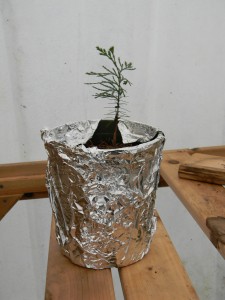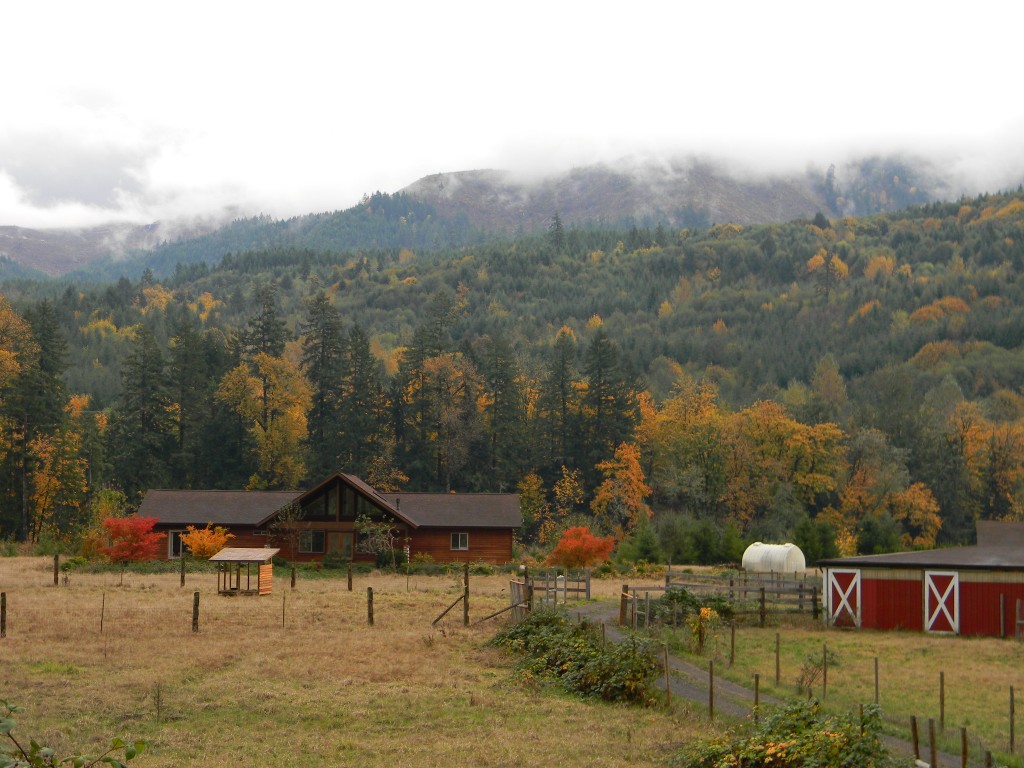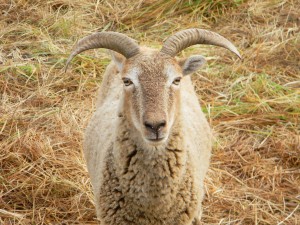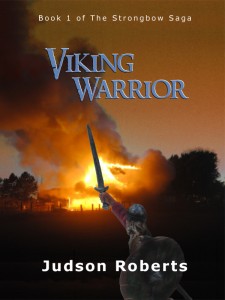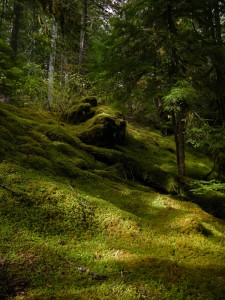Friday, December 21st , was the winter solstice (and this post should have appeared then, but my website got a bit scrambled and had to be repaired). The winter solstice is the shortest day of the year, the day on which there are the fewest hours of daylight, and the most of darkness.
In ancient times, the rhythms of nature and of the earth itself were often tied to religious feast days. In the Viking culture, the winter solstice—also called mid-winter’s day—was linked to the Jul feast. The solstice symbolized a turning of the tide of winter, and the coming rebirth of spring. It marked the end of the old year, and the beginning of a new one.
In those days, winter could be a far more fearsome thing than it is in our modern world. The only heat source in homes was the fire on the hearth, and that fire must constantly be fed. The outer reaches of the Vikings’ longhouses, away from the warmth of the central hearth, must have been cold places in the depth of winter. Food would have been a challenge, too. No crops could be grown in the coldest months, nor feed for the livestock. The households, whether small, individual ones, or the household of a chieftain, inhabited by numerous house-carls, thralls, and families who were the chieftain’s followers and lived in his longhouse, must subsist through the winter on whatever food had been preserved, and what little could be gathered during the winter months, to supplement the stores, by hunting and fishing. Cabbages, various root vegetables, and the like would no doubt have been stored after harvest, packed in straw in root cellars dug into the ground. In the fall, there would be a slaughtering of some of the livestock, and the meat would be dried and preserved by smoking or by drying and salting. Fish—an important part of the diet in coastal areas—would also be preserved by smoking or drying and salting. And grains, such as barley, would provide a basic element of nutrition in many ways: boiled and eaten as porridge, added to stews, and brewed to make ale.
Many things—a poor harvest, the loss of livestock to predators, disease, or robbery—could put a local population at risk of great hardship, or even starvation, over the winter. The Jul feast celebrated not just the fact that the celebrants had survived the past year, but also the knowledge that although months of winter still lay ahead, the corner had been turned, and spring would be coming, as surely as the days would begin once more growing longer and longer.
In my new life up here in Oregon, the natural world and its cycles are much more evident and closely felt. In this month of December, the darkest month, the days have grown so short that sunset falls at 4:30 PM, and by 5:00 our farm is cloaked in darkness. Over the past two weeks, whenever we’ve had rain (a frequent occurrence in Oregon during the winter), the mountain tops around us have been dusted with snow. As the weather turned colder over the past week, we could see the snow line move lower down the mountains. We had flurries on Saturday, then beginning Sunday evening, a snowstorm of almost blizzard proportions blew for several days. It was exhilarating and beautiful.
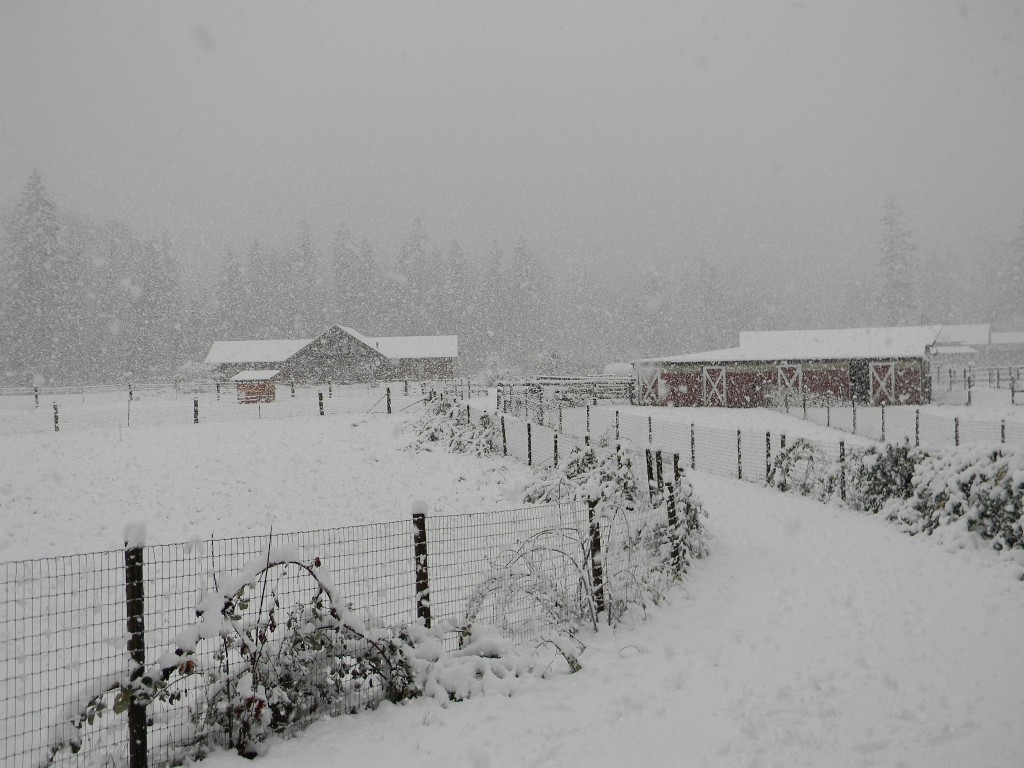
But in addition to the beauty of the snow, this past week has also been marked by sadness. A mysterious ailment has struck our little herd of heritage sheep. On Sunday morning, our young ram, who has grown from being the oldest of three lambs when we acquired him, into a striking young adult sheep who will one day lead the herd, became listless, would not eat, and spent much of the next two days lying down in the barn, instead of out grazing in the pastures with the others. We watched him closely and worried, but by Monday evening he seemed to be recovering, and on Tuesday he appeared to have fully recovered his health.
Then, on Wednesday morning when we opened up the barn, we found our youngest lamb, whom we called Baby, down and unconscious. We scooped her up and headed to the vet, whose office is only a mile away, but she died before we arrived. Given that she’d seemed in perfect health the night before, the vet was quite concerned, and at his urging, that day we drove to Corvallis and delivered Baby’s body to the Veterinary Diagnostic Lab at Oregon State University, for a necropsy to hopefully determine what had killed her.

Baby, our little orphan
Thursday morning when we opened the barn, the next youngest lamb, MB (which imaginatively stands for Middle Baby), was down and barely conscious. She at least survived the short dash to the veterinarian’s office, and once there, after being treated with antibiotic and steroid injections, seemed like she might recover. By early afternoon, she’d even regained enough strength to briefly stand, but she began fading again in the evening, despite another dose of antibiotics, and in the early morning hours she, too, died.
Whatever was attacking our sheep was taking the smallest and weakest first. The OSU lab still has no answers. They could tell that Baby died of very sudden onset sepsis—in effect, massive toxic shock that rapidly shut down her body’s systems. But as yet, the cause is still unknown. Our vet says he has never seen anything kill sheep that quickly. Our remaining three sheep—Ramses, the young ram, Pretty Girl, the leader of the herd and Ramses’ mother, and the other adult ewe, Sweetie—MB’s mother—are for now confined to the barn, subsisting on a limited diet of dry hay, and we’re giving them daily injections of antibiotics (and are holding our breath when we open the barn each morning, wondering if anyone else will be down), while we wait for the lab to try and identify the mysterious killer, and hope that none of the rest of our greatly diminished herd will succumb to it.
For us, this is merely an occasion for sorrow, at the loss of animals we’ve cared for and grown fond of. Baby, an orphan, was especially a favorite, full of spunk and seemingly determined to make her own way despite her diminutive size, ever since her mother died of an intestinal blockage during the summer. Even if all of our sheep were to die, though, we would not be at risk of starvation or ruin. But this has been a stark reminder that the cycles of nature include the cycle of life and death. As every death should, these losses bring home how fleeting and fragile all life is. The gift of life is a great treasure. Live it as fully, and with as much appreciation and joy, as you can. And may the passing of the solstice, and the rebirth of the world into a new year, bring good fortune and happiness to you all.









